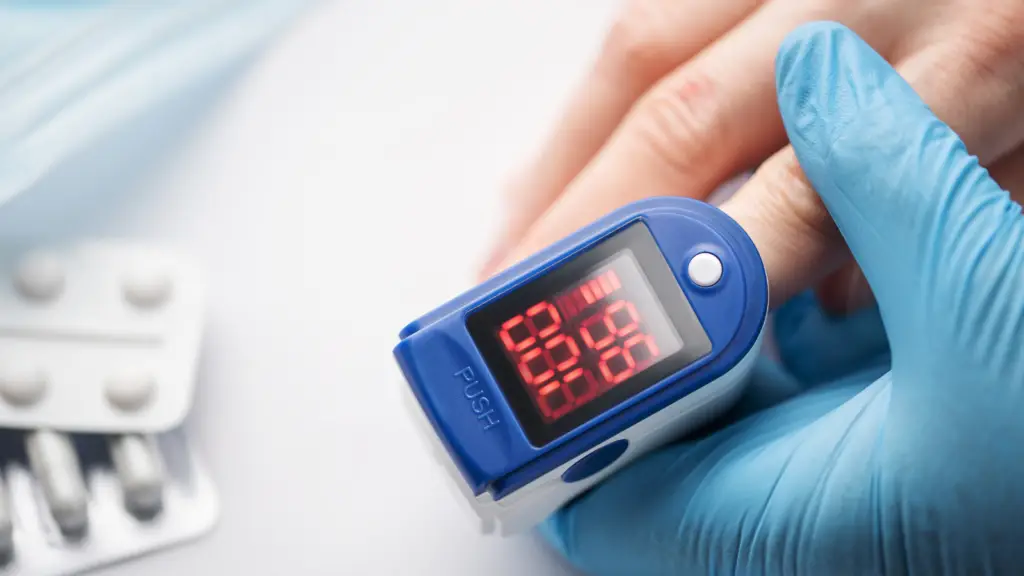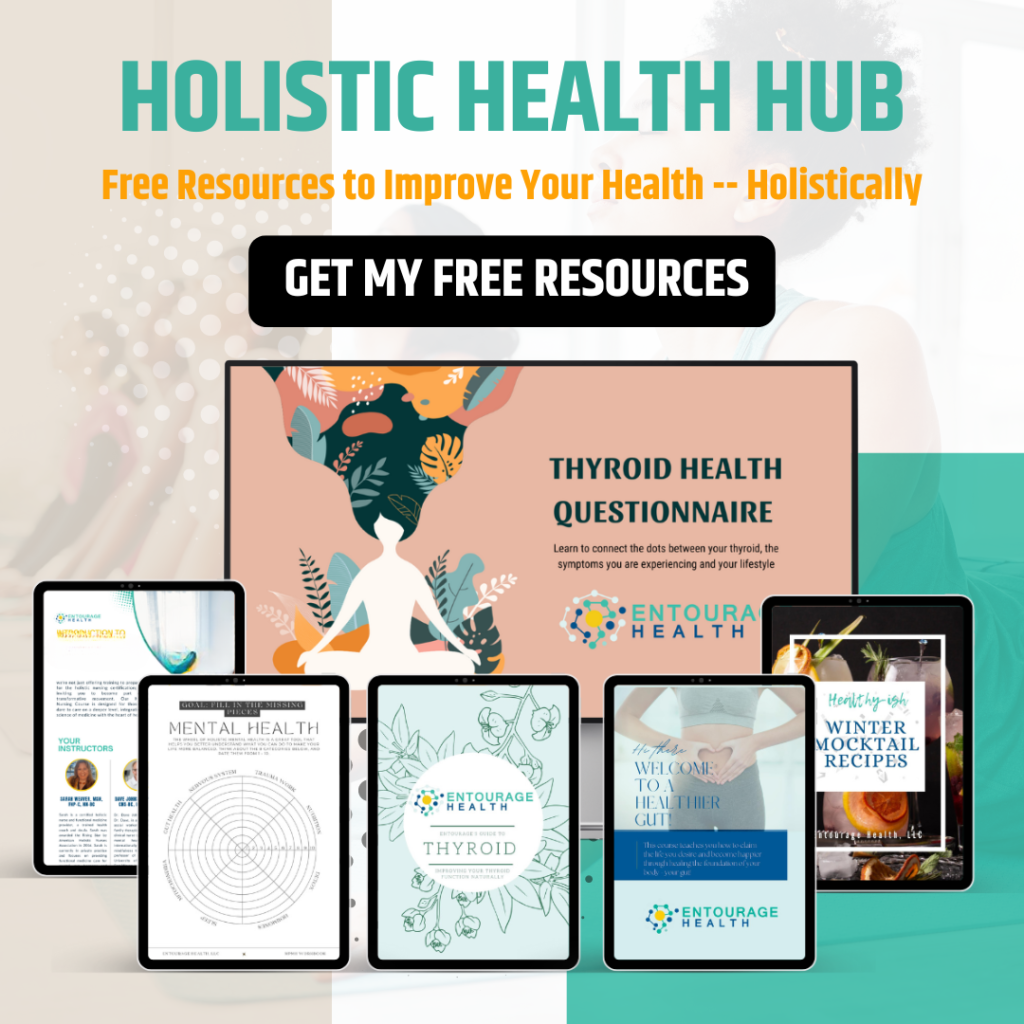Postural Orthostatic Tachycardia Syndrome (POTS) is a condition that affects the autonomic nervous system, which controls involuntary body functions such as heart rate and blood pressure. It is characterized by an excessive increase in heart rate when moving from lying down to a standing position. Here, we’ll explore common symptoms, the functional medicine approach to treating POTS, how to perform a standing test, and comorbid conditions associated with POTS.
One primary consideration is that POTS may arise from dysfunction within the autonomic nervous system, which is responsible for regulating involuntary bodily functions, including heart rate and blood pressure. The disorder could stem from an imbalance in the sympathetic and parasympathetic branches of the nervous system, leading to an excessive increase in heart rate when changing positions from lying down to standing up[1].
Additionally, some cases of POTS are thought to be linked to immune system dysregulation. Autoimmune factors, where the body mistakenly attacks its tissues, are considered potential contributors to the condition. This immune response may be triggered by infections or other environmental factors, disrupting normal autonomic function[2].
Problems with blood volume and flow have also been suggested as root causes of POTS. For some individuals, reduced blood volume or difficulties with blood pooling in the legs when upright may hinder the normal compensatory mechanisms that manage blood pressure and heart rate, leading to POTS symptoms[3].
Finally, genetic predisposition is another area under investigation. Certain genetic markers or inherited traits may increase susceptibility to developing POTS, indicating that family history could play a role in the occurrence of the syndrome[1].
To conclude, the root causes of POTS are complex and likely involve a combination of autonomic nervous system dysfunction, immune system issues, blood volume and flow problems, and genetic factors. Continued research is essential for a deeper understanding of these mechanisms and developing effective treatments.

Common Symptoms of POTS
POTS can cause a wide range of symptoms, some of the most common include:
- Increased Heart Rate: A rise of 30 beats per minute (bpm) or more within ten minutes of standing, or a rate that exceeds 120 bpm.
- Dizziness or Lightheadedness: Especially upon standing.
- Fainting or Near-fainting Spells: Known as syncope or pre-syncope.
- Chronic Fatigue: Persistent and overwhelming tiredness.
- Brain Fog: Cognitive impairment, including difficulty concentrating and memory lapses.
- Palpitations: Rapid, fluttering, or pounding heartbeats.
- Shortness of Breath: Also known as dyspnea.
- Headache: Recurring or persistent headaches, sometimes migraines.
- Gastrointestinal Issues: Such as bloating, nausea, and constipation.
- Temperature Dysregulation: Including excessive sweating or inability to stay warm.
Functional Medicine Approach to Treating POTS
Functional medicine addresses the root causes of diseases, viewing the body as an interconnected system. This approach to POTS might encompass:
- Hydration and Salt Intake: Increasing fluids and salt can help expand blood volume, which may alleviate POTS symptoms.
- Dietary Adjustments: Implementing small, frequent meals and a diet low in refined carbohydrates to stabilize blood sugar and maintain energy levels.
- Exercise: Graduated exercise programs can condition the heart and improve circulatory function.
- Stress Reduction: Relaxation techniques such as meditation and biofeedback can help manage stress-related symptoms.
- Supporting Gut Health: Since gastrointestinal symptoms are common, optimizing gut health with probiotics, fiber, and nutrients can be beneficial.
- Addressing Sleep Issues: Ensuring adequate and high-quality sleep can improve symptom management.
- Nutritional Supplements: Magnesium, vitamin B12, and salt tablets are often recommended.
- Medications: Some physicians might prescribe beta-blockers, fludrocortisone, or midodrine to manage heart rate and blood pressure.
Always consult with a healthcare professional before beginning any treatment plan.
How to Perform a Standing Test

The standing test is used to help diagnose POTS. Here is a simplified version:
- Before the Test: Refrain from exercise, caffeine, and alcohol for several hours beforehand. Be well-hydrated.
- Resting Phase: Lie down and rest quietly for about five minutes. Take and record your heart rate and blood pressure.
- Standing Up: Stand up carefully without any sudden movements. Continue to stand still.
- Monitoring: Record your heart rate immediately upon standing, then at 2, 5, and 10 minutes.
- Positive Test: An increase of 30 bpm or more, or a heart rate that exceeds 120 bpm within 10 minutes of standing, can indicate POTS.
It’s vital to conduct this test, or any diagnostic test, under medical supervision for accuracy and safety.
Comorbid Conditions
POTS often coexists with other conditions, which may include:
- Ehlers-Danlos Syndrome (EDS): A connective tissue disorder.
- Chronic Fatigue Syndrome (CFS): Now also known as myalgic encephalomyelitis (ME).
- Fibromyalgia: A condition characterized by widespread musculoskeletal pain.
- Mast Cell Activation Syndrome (MCAS): An immune system disorder causing an overproduction of mast cells.
- Irritable Bowel Syndrome (IBS): A common digestive disorder.
These comorbid conditions can complicate the clinical picture and treatment strategy, making a holistic approach and coordination between different medical specialists crucial.
Conclusion
POTS is a complex and often misunderstood disorder, but with the right interventions and support, individuals can manage their symptoms effectively. The functional medicine approach offers a comprehensive strategy by addressing lifestyle habits and underlying conditions that may contribute to POTS. Those with POTS can lead fulfilling lives by combining professional healthcare guidance with informed self-care practices.
Sources:
- https://www.hopkinsmedicine.org/health/conditions-and-diseases/postural-orthostatic-tachycardia-syndrome-pots
- https://www.ncbi.nlm.nih.gov/books/NBK541074/
- https://www.nhlbi.nih.gov/news/2021/decoding-mysteries-postural-orthostatic-tachycardia-syndrome
References:
This article is formulated on the basis of general knowledge about POTS and the functional medicine perspective. Always consult with qualified healthcare professionals for formal diagnosis and treatment. The standing test described is a simplified version and may differ from clinical practices.





